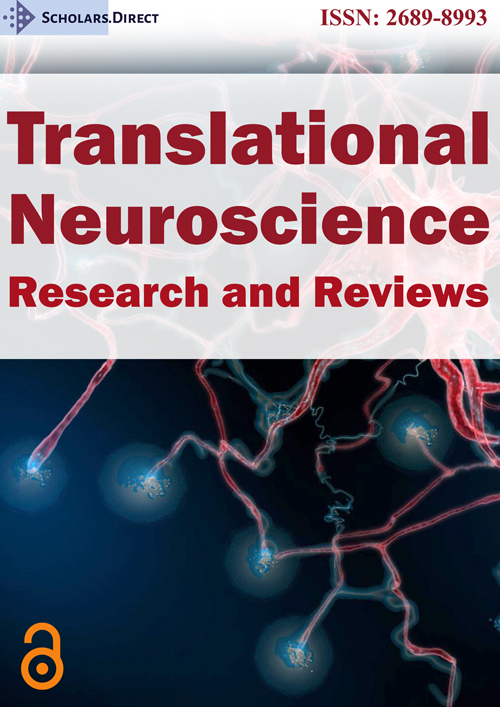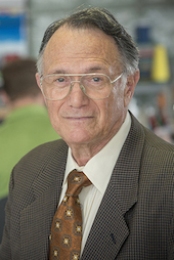
ISSN: 2689-8993

Professor
Department of Psychology
University of Alabama at Birmingham
United States of America
Tel : (205)- 934-2471
Dr. Edward Taub received his doctoral degree from New York University in psychology under the supervision of Dr. Edgar E Coons. Dr. Edward Taub is a University Professor in Department of Psychology at the University of Alabama, Birmingham. Dr. Neal E. Miller was his main mentor. His research has been primarily in the fields of behavioral neuroscience, behavioral medicine, and neurorehabilitation. Dr. Taub has been President of Section J (Psychology) of the American Association for the Advancement of Science (AAAS), President of the Biofeedback Society of America, a Guggenheim Fellow, a Humboldt Foundation Fellow, and Co-President of the Claude Bernard Club,a research honorary society in the field of applied psychophysiology. He has been on the Board of Directors of four national scientific societies and is a Fellow of four societies.He has received the top awards for his research from three national professional organizations and from the University of Alabama at Birmingham. In 2003, the research from his laboratory was named by the Society for Neuroscience as being one of the 10 leading examples of translational research in the field of neuroscience in the twentieth century. In Dr. Taub's fetal deafferentation research, monkey fetuses were removed from the uterus as early as two-fifths of the way through gestation, operated upon, and then replaced in the uterus for the completion of pregnancy. This was the first work to employ intrauterine surgical techniques to produce specific lesions in the nervous system by direct approach. This type of research might be termed fetal neuropsychology; its purpose was to investigate the prenatal origins of behavior. The neurosurgical procedure was a precursor of what is currently a standard neurosurgical treatment for spina bifida in humans. In 1970, Dr. Taub developed the technique now called thermal biofeedback. (Elmer Green and his co-workers developed a similar technique independently.) It is currently one of the most commonly used biofeedback modalities in clinical practice; it is used for the relief of such painful or life-threatening disorders as Raynaud's disease, migraine headache, hypertension and other stress-related conditions. Dr. Taub has carried out mainly basic research in this area; his clinical research was with Raynaud's disease. Dr. Taub showed that plastic brain reorganization can be harnessed through the use of the neurorehabilitation technique he developed. For example, he found that CI therapy produces an increase in grey matter tissue in motor areas in the cerebral cortex of both hemispheres – a true remodeling of the brain. This occurs in older patients as well as children, indicating that the potential of the brain for plastic change persists throughout the life span. In addition, he found that there is an increase of grey matter in the hippocampus. Since this is the location of a substantial concentration of endogenous neural stem cells, the feasibility arises that the creation of new nerve cells is involved in the therapeutic effect produced by CI therapy.